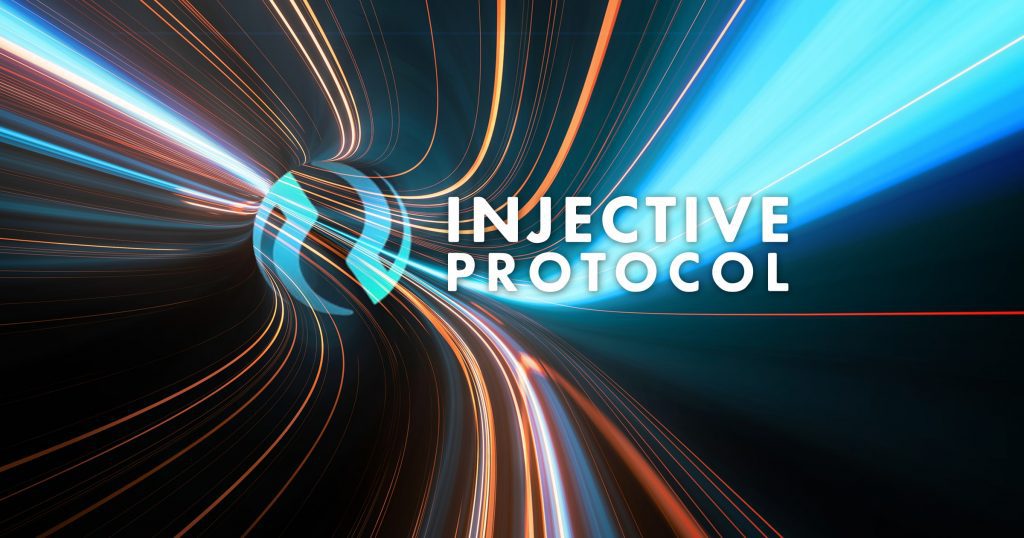Strive for Vitality with Ethereum Staking: Exploring Liquid Restaking Protocols
The Emergence of Liquid Restaking Tokens and Their Impact on Blockchain Security and Efficiency New liquid restaking protocols offer Ethereum another chance to enhance its staking ecosystem by providing a more democratic and diverse approach to staking. Unlike traditional liquid staking protocols, which secure the PoS chain with deposited ETH, liquid restaking protocols validate AVSes … Read more




